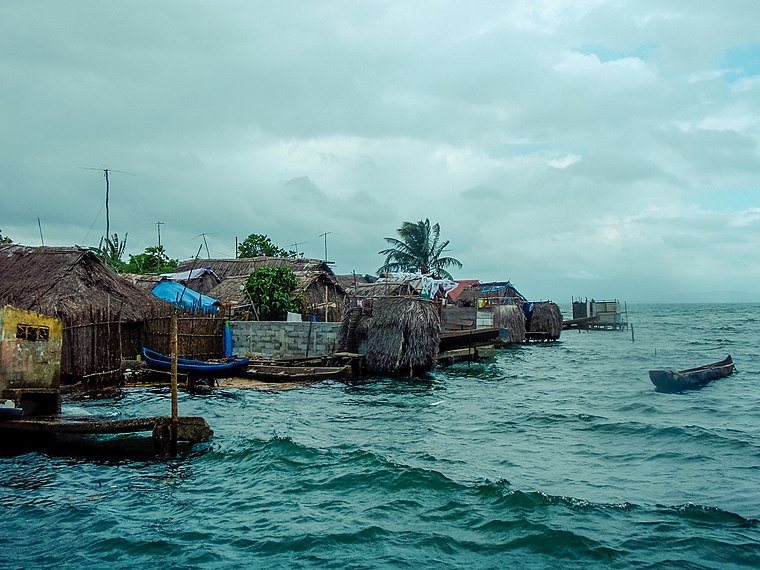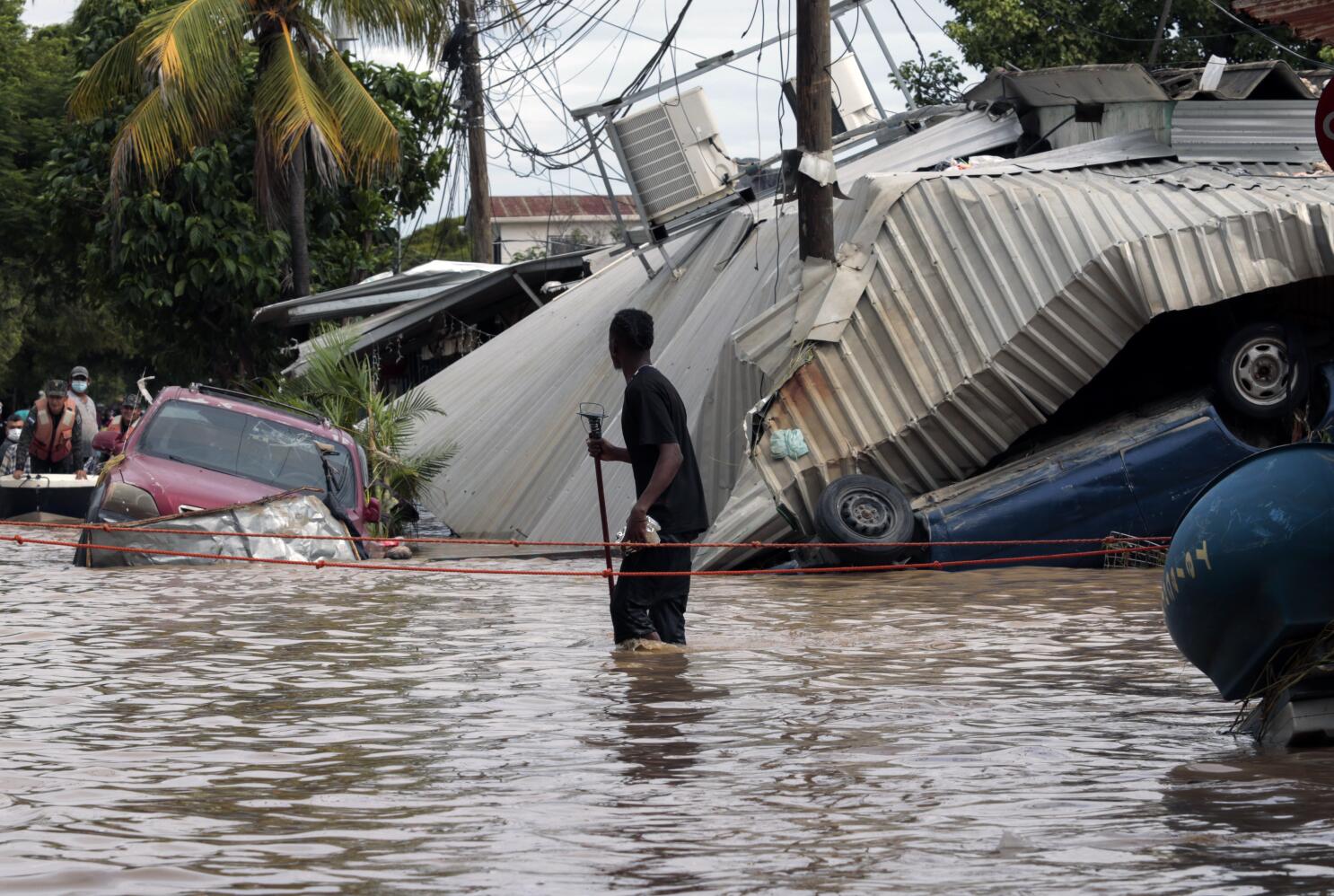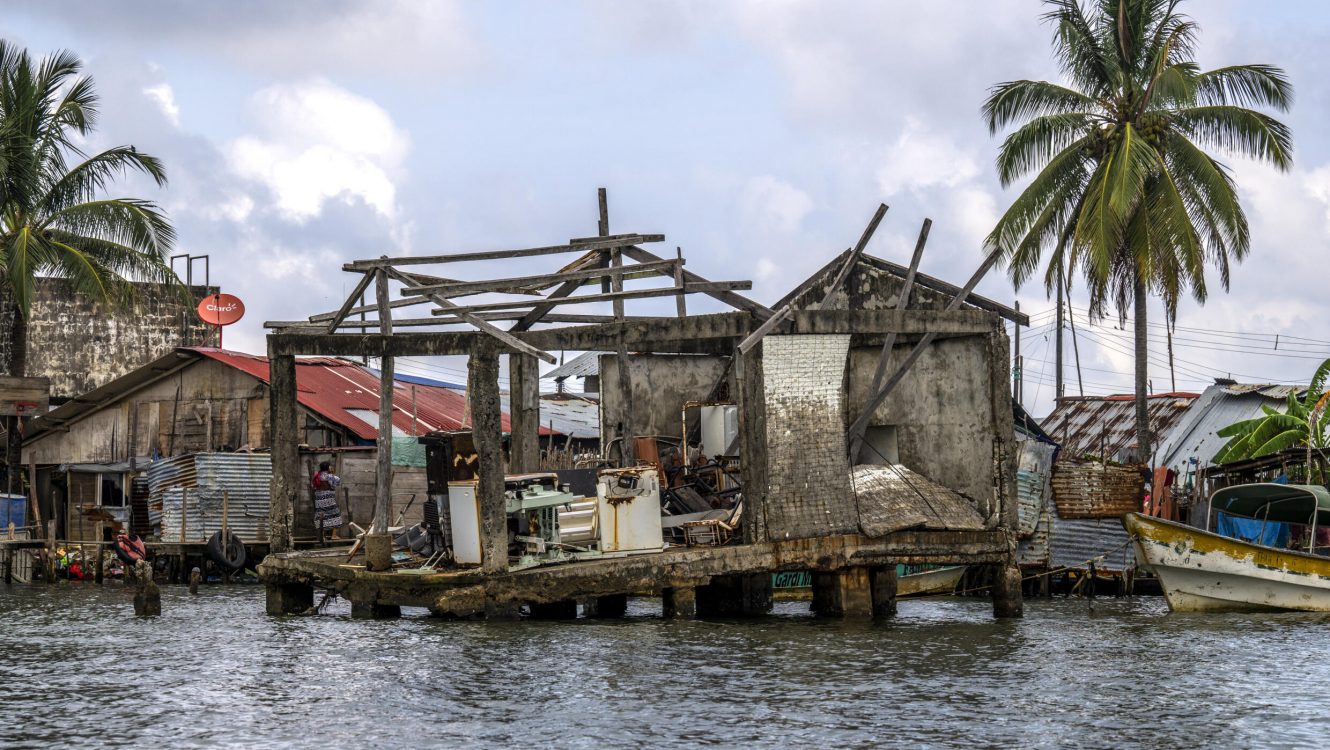Caribbean crisis: an island on the verge of flooding and panic among residents
For more than a century, the people of this island, inhabited by the indigenous Kuna people, have called it home. Now, with the threat of complete flooding, 1,200 people are forced to leave their way of life and move to the mainland. A tranquil corner located off the coast of Panama is gradually losing its landmass under the influence of the sea, leaving only a memory of the past.
Under threat of flood: the island’s population is preparing to evacuate
The small Caribbean island of Gardi Sugdub is periodically flooded by the sea. It is located just three kilometers off the coast of Panama and has been home to the indigenous Kuna people for over a hundred years. This island became the first place for the relocation of Latin Americans by government decree. Now its 1,200 residents are faced with the need to leave their usual places of residence before they finally disappear under water.
About three hundred families are actively preparing for drastic displacement. These people, whose lives are inextricably linked with the sea and tourism, will be evacuated to land in the near future.
“It’s hard for us, because we are preparing to leave the houses where we have lived all our lives. We are losing touch with the sea, where we fished, swam and received tourists. The sea is gradually flooding our island,” says 24-year-old Nadine Morales, who is planning to move together with my mother, uncle and boyfriend.

A spokesman for Panama’s Housing Ministry says some residents have decided to stay on the island until their health is at risk, but did not specify the exact number. Authorities will not force the people to evacuate, according to the official, who asked to remain anonymous.
Climate change and the future of Gardi Sugdub: challenges and hopes for the best
The Caribbean island of Gardi Sugdub has witnessed a slow but inexorable advance of sea water onto its shores. Just 400 yards long and 150 yards wide, it rises just 40 centimeters above the water level. For the indigenous Kuna people, the island is much more than just a piece of land – it is their history, their culture, their home. However, even with their efforts to strengthen the coast, the sea continues to swallow up the land, streets, and houses. “In recent years, I’ve seen climate change have a huge impact. The tide is higher than ever and the heat is unbearable,” said Nadine Morales, 24, as she and her family prepare to move to the mainland. Some of the residents decide to stay until the last while it is safe, however, every year the decision becomes more and more difficult, and the future of the island becomes more and more uncertain.
Unfortunately, the situation on Gardi Sugdub Island is becoming increasingly tense as the resettlement deadline approaches. Residents will have to adapt to new living conditions on the mainland, which can be difficult after centuries spent on their home island.

The prospect of leaving home, their roots and their traditional way of life poses complex emotional and practical challenges for local residents. Residents of the island of Gardi Sugdub are due to move to the mainland by the end of next year, where the first houses for them have already been built. However, due to a lack of funding, construction has been temporarily suspended. It is doubtful whether the move will be completed as planned, given the limited time for full adaptation and relocation.
However, joint efforts by local organizations, government and international parties can mitigate the impact of this emergency. It is important to provide support and assistance to the island’s residents in the process of adapting to new conditions, as well as to develop measures to prevent similar crises in the future.
Despite the uncertainty and difficulties that must be overcome, there is still hope for a more stable future. Local residents continue to fight for their survival and the preservation of their culture, hoping for better times ahead.


